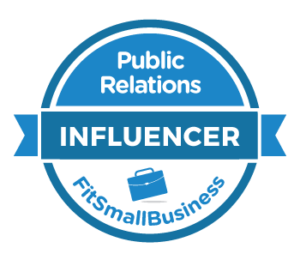If I told you there was a way to build your brand by tempting – and then rejecting – more customers; would you believe me?
The very idea might be foreign to tech marketers, but it is a strategy that seems to have worked well in higher education, according to an article in the WSJ.
The Journal story caught my attention because I saw it right after a friend told me about the status of his son's college applications (my younger daughter is graduating from high school this year and also going though the process now).
He was surprised that his son's early action application was deferred by Northeastern University; the kid had high grades and test scores, etc., and should have been a shoo in.
Here's an excerpt from the article:
In the past six years, Northeastern University has vaulted 42 spots in the powerful U.S. News & World Report college rankings. And not merely because it added programs, hired superstar faculty or built fancy facilities.
The private school in Boston also has made an all-out effort to increase the number of applicants for admission, dispatching its 30-person recruiting staff across the country and sending hundreds of thousands of personalized letters and emails to high-school students. It persuaded more than 44,000 students to apply for one of the 2,800 spots in its fall 2012 freshman class—up from about 30,000 in 2007—a move that boosted the school's selectivity, illustrating a growing trend in college marketing.
The article discussed methods that Northeastern and other schools are using to boost reputation and ranking, draw better students and increase donations; these include advanced target marketing techniques, and influencing the influencers (e.g. college guidance counselors).
There might not seem to be many takeaways for tech marketing, e.g.tech companies won't generally limit availability of product.
Yet the tech world has its various ranking systems and influencers. You can rest assured that other companies, perhaps right in your space are applying forward thinking strategies for target marketing, influencing influencers, moving up in rankings and brand perception – what are you doing to move the needle for YOUR company or brand?


